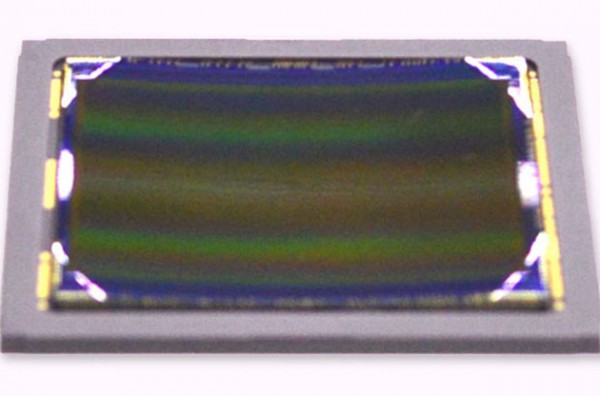
Many different manufacturers are creating new and unique camera technology, but the newest Sony technology mimics the shape of the human eye.
The growing popularity of digital photography, especially smartphone photography, has lead to many technological improvements when it comes to imaging devices. Many improvements are software related, such as improved filtering or image processing (some manufacturers, such as HTC, even have a dedicated image processing chip), but others are hardware, such as Optical Image Stabilization and HTC’s Ultra-Pixels.
A new curved sensor from Sony sets out to offset the “Petzval field curvature,” which is a performance issue with flat image sensors preventing an image from being brought into proper focus (check Wikipedia for a more technical description). There is existing equipment in most lenses that compensates for this, but it adds to the expense and size of the module.
Sony’s curved lens answers many of these questions, although it still has more improvements necessary before it is ready for wide usage. The sensor is currently 2/3rds of an inch long, making it much too large to use in the average smartphone, although it’s only a matter of time before the technology is miniaturized.
The act of bending the edges of the sensor actually has many benefits. First, it holds a much stronger resemblance to the construction of the human eye, which is a fairly efficient optical construction. The act of bending the sensor also strains the photodiodes, which results in decreased image noise, while also assisting in the reduction of necessary hardware in the sensor.
Initially, Sony’s curved sensor will only be able to be used in low to mid range digital cameras, but it’s only a matter of time before it will be able to be used in smartphone camera modules, which is where the real benefit is. Larger cameras can afford the extra hardware necessary for a flat sensor, but for smartphones, millimeters are valuable.
Although some camera phones, such as the Nokia Lumia 1020 have very large sensors in place already, the curved lens also sounds very similar to the large megapixels (aka ultra-pixels) of the cameras on HTC’s One line. It also might be exclusive to Sony’s devices, since it is their sensor.
Whatever phone it’s in, it’ll b a huge development. Just one more thing to look forward to in future phones!
Source: Engadget
Be social! Follow Walyou on Facebook and Twitter
Read more on Walyou, Netflix Job Pays You to Binge Watch, How to Install Android L Right Now